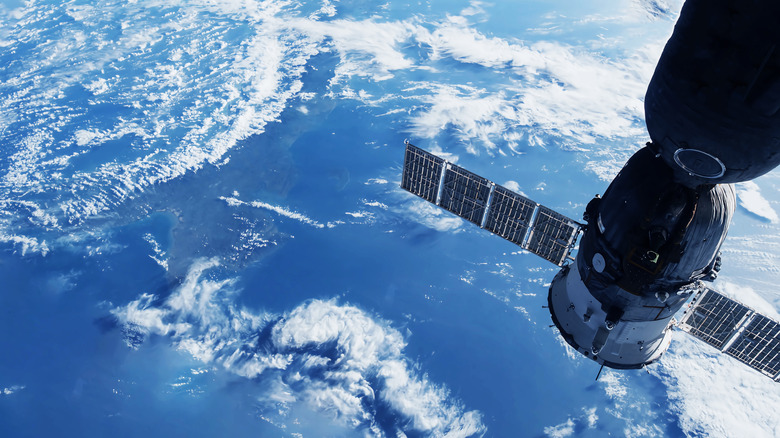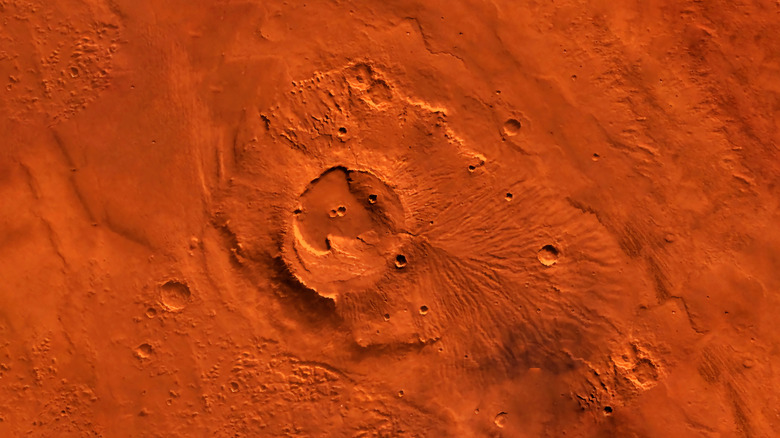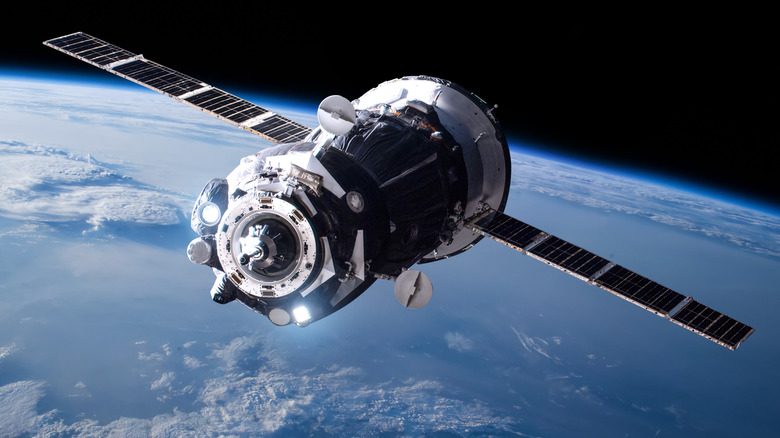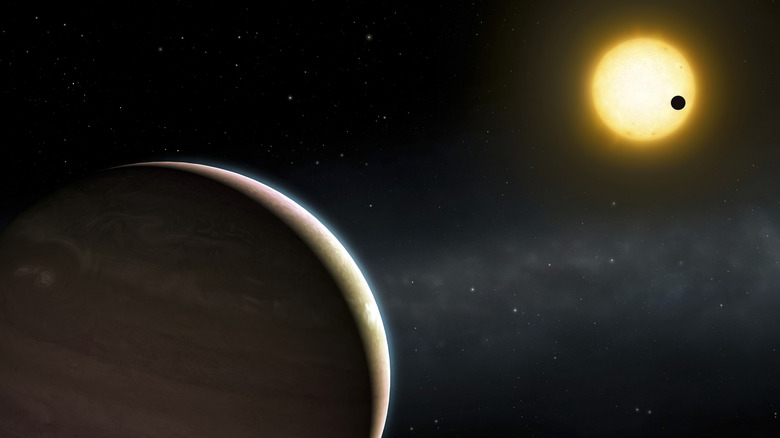The buzz and controversy surrounding artificial intelligence may make it seem pretty new, but NASA has been using AI in a variety of programs — even space missions — for decades. America’s space agency has used it to study Mars’ surface, monitor Earth and its environment, even to schedule space missions. And NASA hopes to do even more — the agency recently announced that as AI advances, NASA’s portfolio of AI-aided ventures will increase. This could soon include deep-space missions and exploring other planets.
This may sound a bit science-fictional to those worried about AI’s ever-growing presence in all aspects of our lives. AI is used all around us — and now it’s also leading us into space?
NASA said it’s bound by the Responsible AI principles laid out in the White House’s Executive Order 13960, ensuring that all AI use is transparent and ethical. In fact, NASA says it’s setting an industry standard for responsible AI use in science. Here are some of the ways that NASA is currently using AI to further our space exploration.
Seeing if it’s possible to sustain life on Mars
A NASA robotic rover known as Perseverance has been using artificial intelligence for over three years to study minerals on Mars. This real-time analysis of rock composition uses software called PIXL (Planetary Instrument For X-Ray Lithochemistry) developed by NASA’s Jet Propulsion Laboratory. Investigating the chemical composition of minerals on Mars provides critical information to scientists looking into whether the Red Planet once supported life.
The samples collected by Perseverance also offer important information to scientists determining where to drill to further study the planet. “We use PIXL’s AI to home in on key science,” said Abigail Allwood, principal investigator for the Jet Propulsion Laboratory. “Without it, you’d see a hint of something interesting in the data and then need to rescan the rock to study it more. This lets PIXL reach a conclusion without humans examining the data.”
NASA has a second rover on Mars that also utilizes AI. Some 2,300 miles away from Perseverance. Curiosity uses AI to zap rocks with a laser after targeting rocks of a certain shape and color — all without immediate guidance from humans. When the rock is zapped, Curiosity studies the gas it emits to identify its chemical composition. While both rovers still require engineers to provide them with hundreds of commands, they also use AI to save scientists a lot of time.
Scheduling space missions to reduce operating costs
NASA uses an AI-assisted tool called ASPEN to make planning and scheduling space missions more efficient, taking even the best task-management apps to a whole new level. ASPEN, which stands for Automated Scheduling and Planning Environment, uses software found in scheduling systems including resource management tools, a temporal reasoning system, and a graphical interface. Space missions that benefit from ASPEN include surface rover planning and mission design — ASPEN collects updates from spacecraft and rovers to ensure up-to-date planning as things change.
According to the Jet Propulsion Laboratory, ASPEN will help develop a command system that translates scientists’ objectives into a sequence of orders aimed at NASA’s operations, from rovers seeking to unlock a planet’s secrets, such as Perseverance and Curiosity, to probes that will take them much deeper into space. This should lead to lowered costs if ASPEN can significantly reduce NASA’s workforce by letting scientists directly command the spacecraft.
Discovering new planets beyond the solar system
In 2021, NASA scientists were able to identify 301 planets orbiting around distant stars, known as exoplanets. NASA was able to add hundreds of planets to its list of validated planets thanks to the ExoMiner deep neural network, which automatically learns new tasks when it gathers enough data. Using NASA’s Pleiades supercomputer, ExoMiner can identify real planets among other celestial bodies by examining decades of collected data and running a variety of tests based on properties scientists use to identify exoplanets.
NASA explained that studying thousands of stars in data gathered by spacecrafts coud be extremely time-consuming — until ExoMiner. “Unlike other exoplanet-detecting machine learning programs, ExoMiner isn’t a black box – there is no mystery as to why it decides something is a planet or not,” said a NASA exoplanet scientist, Jon Jenkins. “We can easily explain which features in the data lead ExoMiner to reject or confirm a planet.”
The future of AI in NASA’s space programs
The space agency has a lot more AI plans in the works. “NASA is currently carrying out work to be able to more dynamically adapt to different environments — whether it be in orbit, or on the surface,” David Salvagnini, chief artificial intelligence officer, told Innovation News Network. “We are working to gain a much higher degree of situational awareness of an environment, which can then be fed to an autonomous system. The autonomous system can much more reliably carry out a response to a set of conditions that are more dynamic.”
NASA has also released a Space Sustainability plan, meant to make space travel more sustainable on Earth, in its orbit, around the Moon and even into deep space. Salvagini said AI will be a big part of this program, helping to detect orbital debris and implement solutions. AI is also being considered for better communication with scientists in space, finding the best communication paths much more quickly in a variety of conditions. And back on Earth, AI could be used to develop photos or summarize notes after NASA meetings, aiding scientists by making their workplaces more efficient.
Source: http://www.slashgear.com/1768440/nasa-space-exploration-how-ai-changing-methods-tools-used/
 intell
intell





